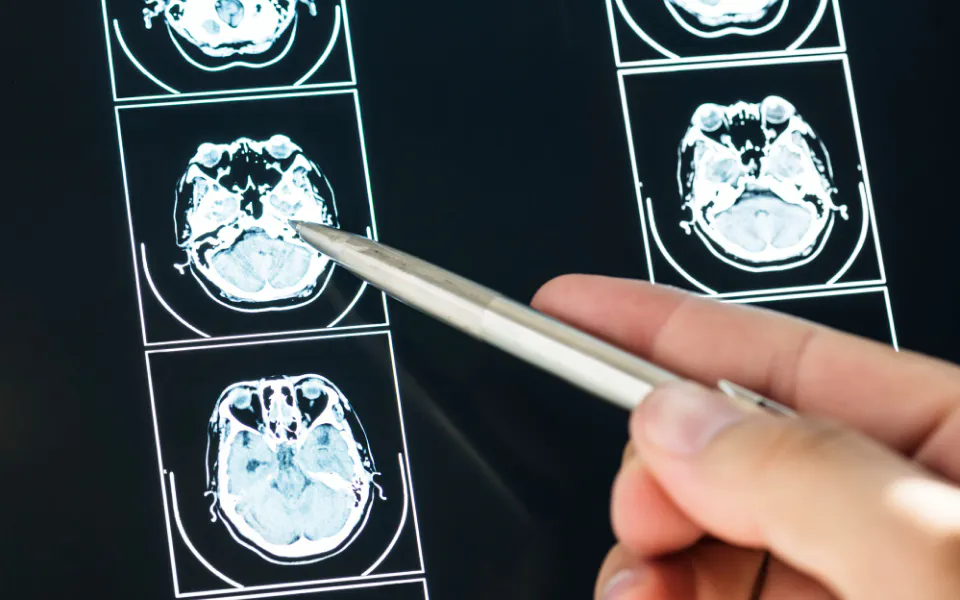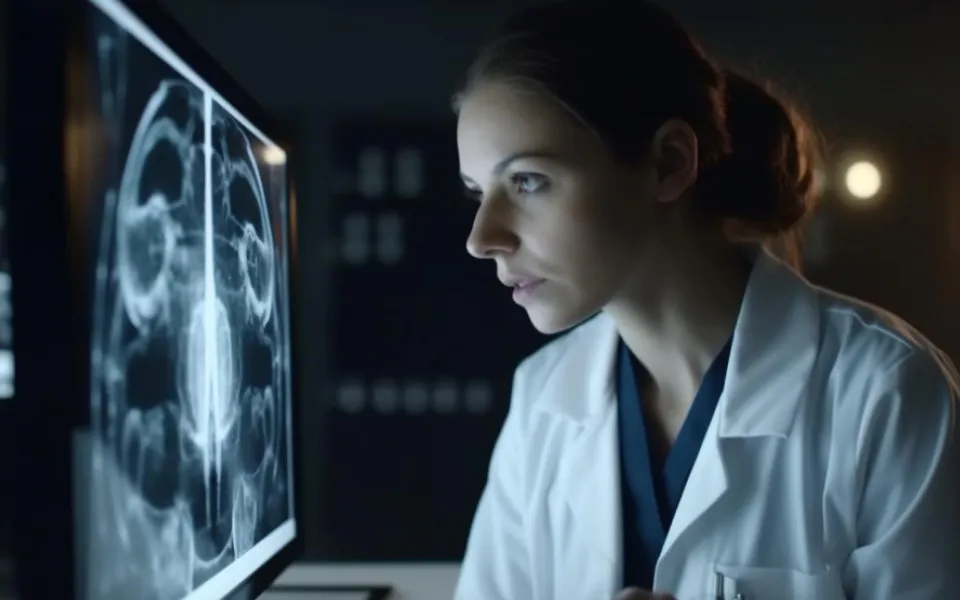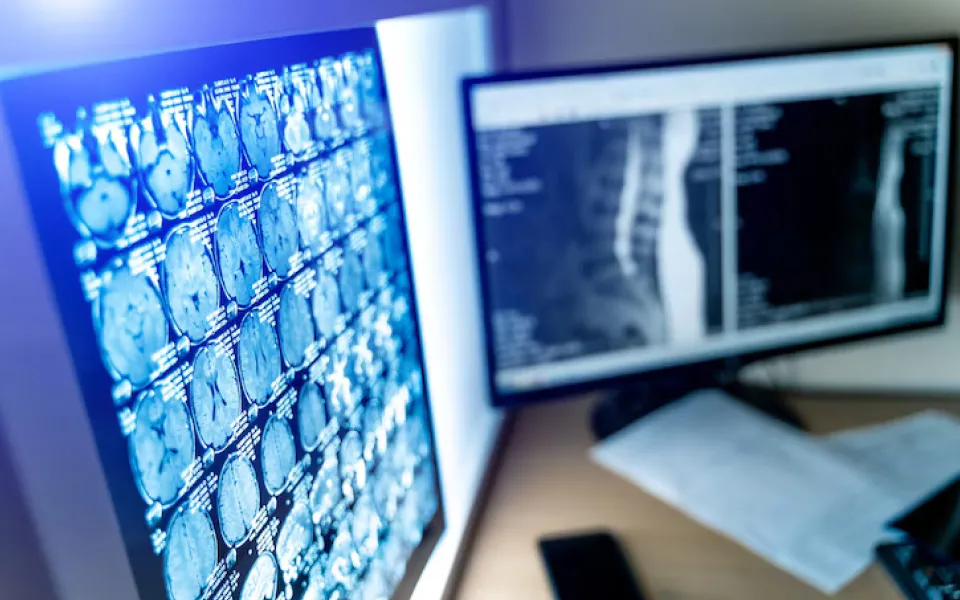
Effortless and Secure Medical Scan Sharing
Scriptoware’s Medical Scan Exchange offers a modern way to share imaging securely and instantly without physical media. It connects teams across locations, making second opinions and remote consultations faster. The platform ensures compatibility with diverse systems for smooth collaboration. It supports continuity of care while meeting rising expectations for speed and access.

Improve Patient Outcomes Through Efficient Collaboration
In fast paced clinical settings, timely image access is critical. Scriptoware’s Medical Scan Exchange eliminates delays caused by CDs or manual sharing by offering a secure, cloud based solution that accelerates collaboration and decision making.
Instant Availability
Authorized healthcare personnel can safely access and share critical imaging files including X-rays, CT scans, MRIs, and others in real time from any location or device.
Smooth Team Coordination
Enhance communication and cooperation among doctors, specialists, and departments throughout your healthcare network effortlessly.
Faster and More Accurate Diagnoses
Speed up clinical decision making with immediate access to important scans, enabling timely and effective treatment plans.
Cost and Resource Savings
Minimize unnecessary imaging tests, improve workflow productivity, and better utilize resources to reduce expenses.
Robust Data Security
Patient data remains fully protected using advanced encryption and strict access controls that comply with leading industry standards.
Intuitive User Experience
Designed for simplicity, Medical Scan Exchange requires minimal training, letting your team focus on delivering quality patient care instead of struggling with complex software.
Flexible Growth Capability
Whether you run a small practice or a large hospital network, Medical Scan Exchange scales effortlessly to support your expanding needs.
Dedicated Customer Support
Our experienced support team is available to guide you through every stage, ensuring a smooth and successful implementation.
How Does Medical Scan Exchange Function?
The platform allows medical professionals to securely upload and exchange imaging studies with authorized healthcare providers anywhere in the world. These images can be viewed on any device with internet access.
Security protocols restrict scan access to verified users who log in through a protected portal. All user activities on the platform are monitored and logged for compliance and auditing purposes.
Built in viewing and analysis tools assist clinicians in reviewing scans thoroughly, helping them make precise and well informed clinical decisions.
Why Opt for Scriptoware’s Medical Scan Exchange?
Scriptoware’s platform for sharing medical scans is designed specifically for healthcare professionals, offering specialized tools and features that align with clinical workflows. Our goal is to provide a solution that is reliable, secure, and improves patient outcomes by fostering enhanced teamwork among care providers. The system is built to expand flexibly, adjusting smoothly to the growth and evolution of your healthcare facility.
Frequently Asked Questions
The methods for sharing radiology images depend on the technology and resources in place. Most healthcare organizations use integrated image sharing networks that allow secure and efficient transfer of scans between facilities and medical personnel. In cases where such systems aren’t available, options include secure VPNs or physical media like CDs. For communication beyond the immediate network, encrypted email or web portals are often used. The selection depends on security standards, ease of access, and urgency.
Medical image processing consists of several steps to enhance and evaluate images captured by devices such as MRI, CT, X-ray, and ultrasound machines. These images are stored in the DICOM format, a standard for medical image data. Advanced software applies algorithms to improve image clarity, minimize artifacts, and highlight critical diagnostic details. The processed images are then accessible for clinicians to interpret and collaborate on, assisting in diagnosis, treatment planning, and patient follow up.
Medical images differ from ordinary photos in that they are created using specialized diagnostic technologies like CT scans, MRI, X-rays, and ultrasound to visualize internal body parts. These images provide in depth insights into anatomical structures and possible medical conditions, supporting clinicians in diagnosis and care. The key difference lies in their clinical intent and the technical methods required to generate these images, which are essential for medical decision making.
The four major categories of medical imaging include X-rays, computed tomography (CT), magnetic resonance imaging (MRI), and ultrasound. These imaging techniques are fundamental for diagnosing and managing a broad range of health conditions. With modern advancements in image sharing and patient portals, healthcare providers can now collaborate more effectively by accessing and exchanging these diagnostic images, improving patient care outcomes.
Future proof your medical imaging management and workflows
Effortlessly access, view, store, and share medical imaging data with a robust, multi location cloud PACS system, zero footprint DICOM viewers, AI capabilities, and top tier sharing features.

